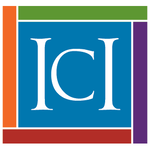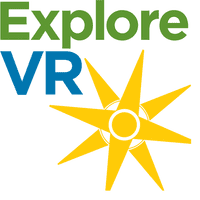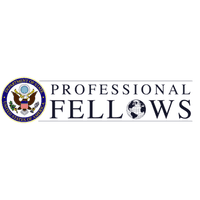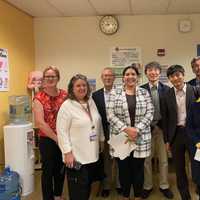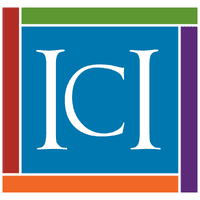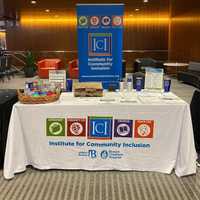New at ICI
University of Massachusetts Boston Institute for Community Inclusion Awarded $4.5 Million Center on Scaling Up Progressive Employment
February 15th, 2024
PRESS RELEASE For immediate release: February 15, 2024 BOSTON, MA – The Institute for Community Inclusion (ICI) at the University of Massachusetts (UMass) Boston, in collaboration with Mathematica and the Disability Policy Consortium, has been…
Apply today for the Gopen and Crocker Disability Fellowships!
February 15th, 2024
Our Barbara Wilensky Gopen Memorial Fellowship and Allen C. Crocker Family Fellowship are part-time fellowship programs. Fellows work independently for up to 20 hours per week on projects of their choice and attend trainings and events to learn about…
ICI Partners with the International Disability Alliance and the African Disability Forum on International Fellowship Program
January 10th, 2024
PRESS RELEASE For immediate release: January 10, 2024 BOSTON, MA – The Institute for Community Inclusion (ICI) at the University of Massachusetts (UMass) Boston, in collaboration with the International Disability Alliance (IDA) and the African…
Japanese Delegation Visits UMass Boston to Exchange Best Practices in Student Disability and Health Services
July 19th, 2023
In May, ICI’s Dr. Heike Boeltzig-Brown, Senior Manager of International Partnerships, hosted a delegation from Japan at UMass Boston. The 4-person delegation represented Gifu University, Ritsumeikan University, and the Tokyo Institute of Technology…
Two ICI staff Spotlighted by the UMass Office of Community Partnerships
July 18th, 2023
Congratulations to Allison Cohen Hall and Susanna Miller-Raines! Allison and Susanna are both featured in the 2022–2023 UMass Office of Community Partnerships’ Faculty and Staff Spotlight, Fostering Hope and Strength Now and for the Future, An…
Reflections on My Disability Inclusion Journey and Visit to the USA
July 17th, 2023
Sande Erick is a 2023 Fellow in the Professional Fellows Program on Inclusive Civic Engagement. This program is sponsored by the US Department of State’s Bureau of Educational and Cultural Affairs and is administered by the Institute for Community…
ICI Staff Present at Annual APSE Conference
July 1st, 2023
Many ICI and SGISD staff presented this month at the National Association of People Supporting Employment First (APSE) Conference in Columbus, Ohio from June 12–15. The theme of this year’s APSE conference was Creating Connections. ICI’s Amy Gessert…
Embracing Inclusion and Empowerment: My Unforgettable Fellowship Experience
June 29th, 2023
Bakar Hamad is a 2023 Fellow in the Professional Fellows Program on Inclusive Civic Engagement. This program is sponsored by the U.S. Department of State’s Bureau of Educational and Cultural Affairs and is administered by the Institute for Community…
